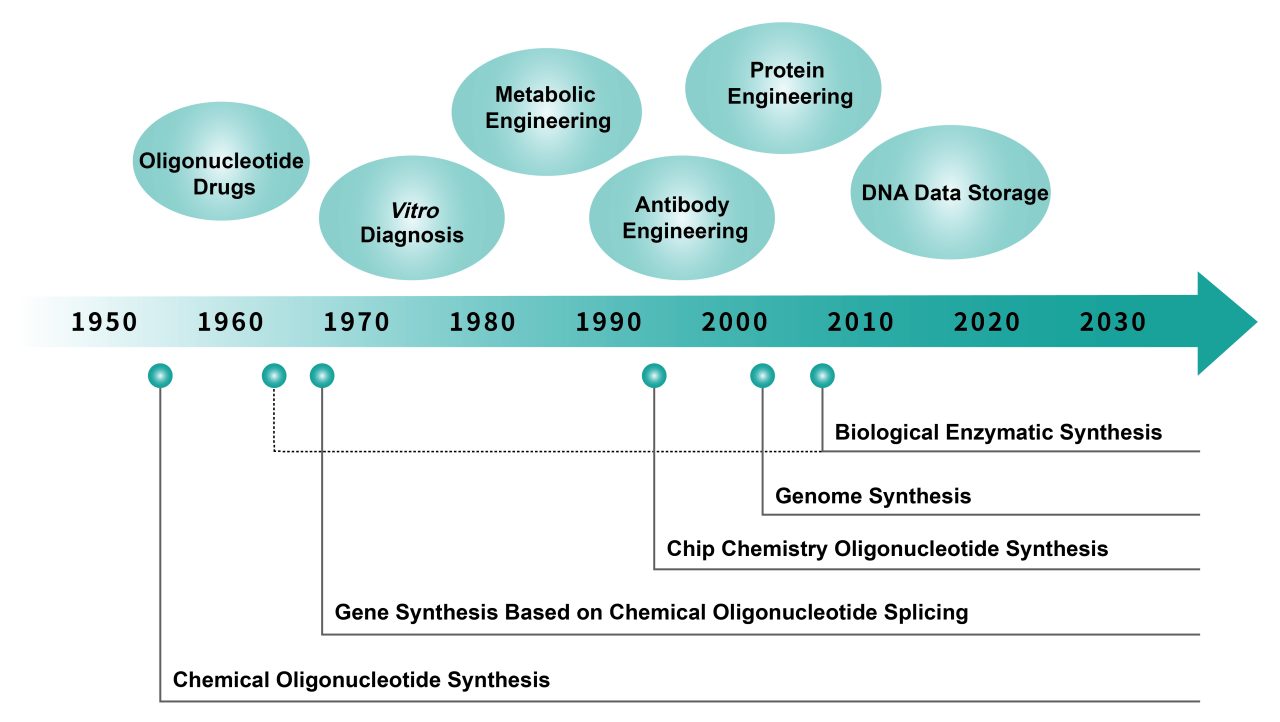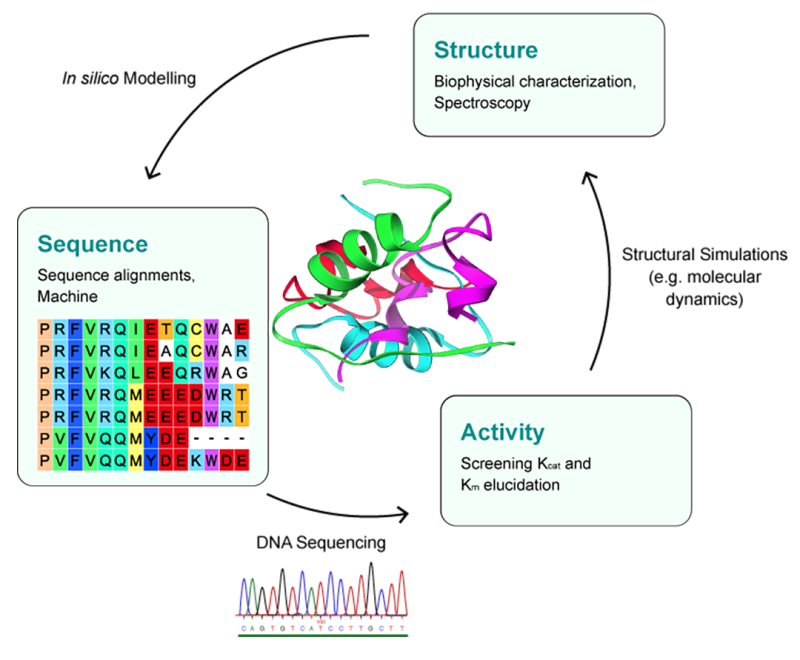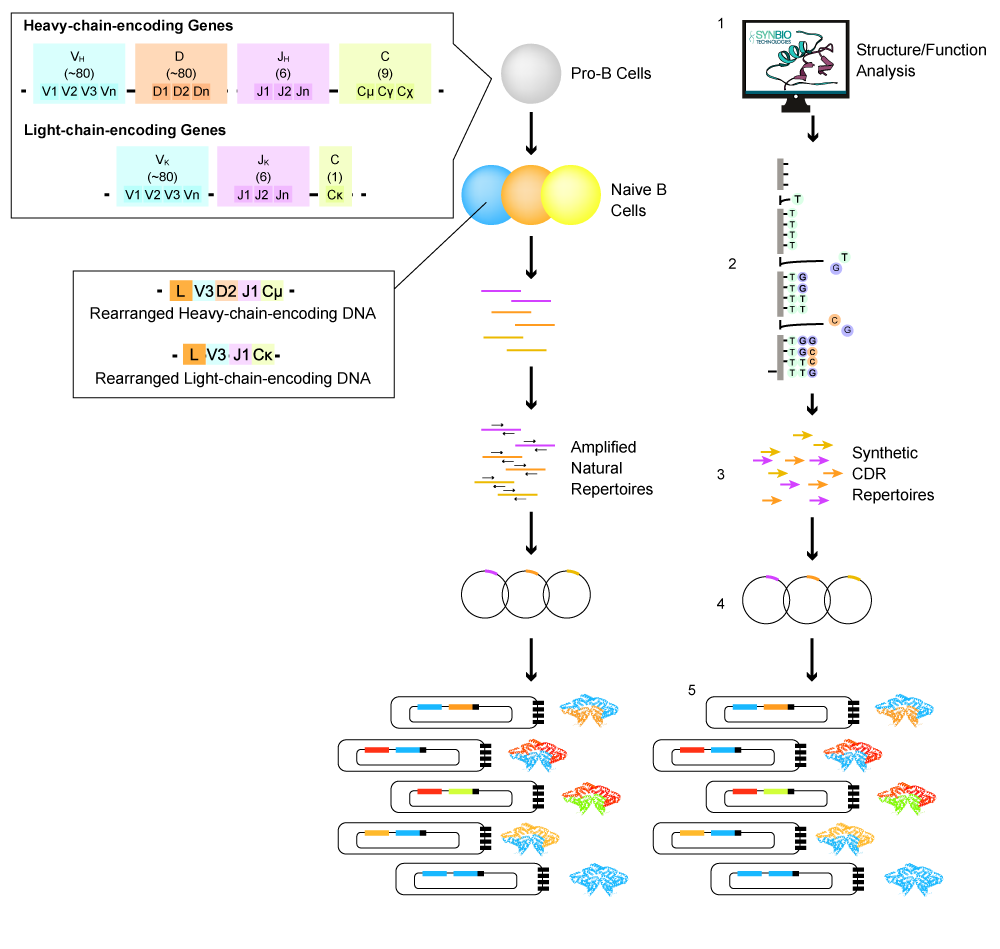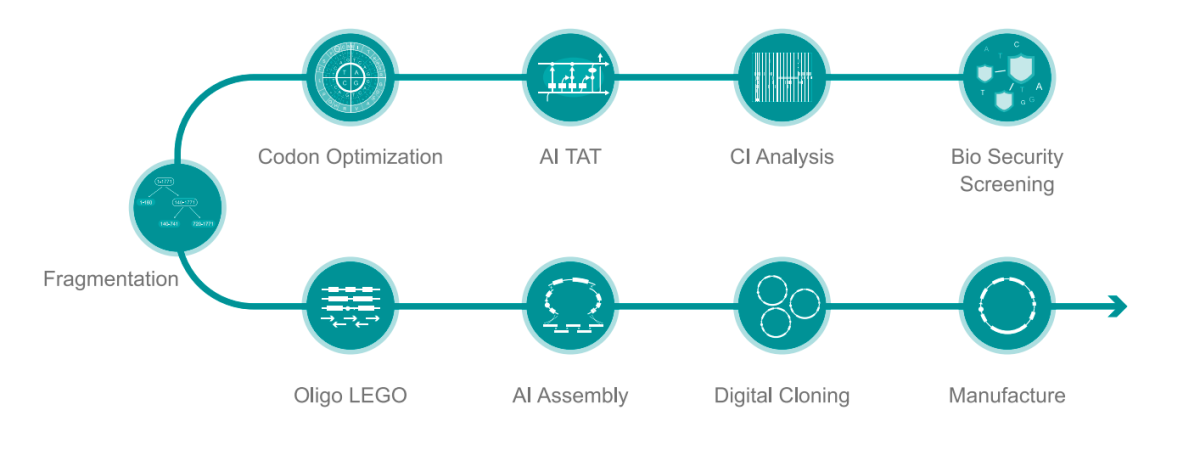The field of gene synthesis has made remarkable progress over the past few decades, evolving from the synthesis of oligonucleotide bases to the synthesis of microbial genomes that are millions of base pairs long. Gene synthesis essentially allows scientists to design and create novel DNA sequences from scratch, giving rise to endless possibilities for genetic engineering, research, and innovation.
One of the key steps in gene synthesis is sequence optimization and design. This involves carefully analyzing and selecting the optimal DNA sequence to achieve a desired outcome, such as producing a specific protein or metabolic pathway. Oligo synthesis, the next technical step, involves assembling short DNA sequences called oligonucleotides that are later combined to form the complete gene sequence.
Gene synthesis error correction and clone screening are crucial steps to ensure accuracy, as any errors can result in non-functional or even harmful gene products. Sophisticated technologies involving PCR amplification, gel electrophoresis, and DNA sequencing are used to spot and correct errors, and to identify the most accurate clones for further use.
Finally, large fragment gene assembly involves taking the synthesized DNA fragments and integrating them into a larger DNA construct, such as a plasmid or viral vector. This technique is essential for producing large quantities of a desired genetic material for research or therapeutic purposes.
Gene synthesis has revolutionized numerous areas of biological research, including the development of novel drugs, vaccines, and therapies. By engineering specific DNA sequences, researchers can accomplish numerous tasks, such as producing proteins with enhanced properties, engineering microbes to produce biofuels or other valuable chemicals, and creating DNA data storage systems.
Gene Synthesis in Oligonucleotide Drugs
The field of oligonucleotide therapeutics has seen remarkable progress in recent years, thanks to the rapid development of gene synthesis technology. This cutting-edge technique allows researchers to create custom-designed oligonucleotide sequences that can specifically target and modulate the expression of disease-related genes, opening up exciting new possibilities for treating a range of genetic diseases, cancer, and viral infections.
Through gene synthesis, researchers are able to produce highly specific oligonucleotides that are designed to interact with specific RNA molecules and target gene expression. These oligonucleotide drugs work by binding to complementary RNA sequences, causing the degradation or inhibition of the target RNA molecule, and ultimately preventing the expression of disease-causing genes. This has the potential to offer effective, personalized treatments for a range of genetic disorders and cancers.
Gene Synthesis in Protein Engineering
Directed evolution studies have been a vital area of research in understanding the relationships between protein sequence, structure, and activity. However, the process of identifying optimal protein sequences requires a considerable amount of time and research. To expedite the process, researchers have turned to synthetic gene construction for efficient protein expression. This technology allows scientists to control a variety of factors that affect protein expression, such as mRNA, transcription, and translation efficiency.
One of the most significant advancements in synthetic gene construction is the development of gene libraries. These libraries contain a vast number of gene sequences that can be screened to find the optimal protein with the desired characteristics. By using synthetic gene libraries, researchers can significantly reduce the time and resources needed to identify an ideal sequence. Moreover, the use of gene libraries also opens up new opportunities for directed evolution studies, as multiple genes can be modified and tested simultaneously.
In designing synthetic gene libraries, several factors need to be taken into account. For instance, codon optimization is a crucial step, as it helps to improve protein expression in the host organism. Moreover, researchers need to ensure that the synthetic genes are compatible with the host’s transcription and translation machinery. Additionally, other parameters such as the promoter strength, ribosome binding site, and mRNA stability can also be modified to improve gene expression
Gene Synthesis in Antibody Engineering
Antibody engineering is an innovative field of biotechnology that involves the design and development of antibodies with specific applications in mind. These applications can range from therapeutics, diagnostics, to research. Gene synthesis, a powerful technique that provides researchers with remarkable flexibility in antibody design, is an essential tool in antibody engineering. By utilizing gene synthesis, researchers can customize and design antibodies with specific sequences to enhance binding affinity, stability, or effector functions.
One of the primary benefits of gene synthesis in antibody engineering is the ability to create a diverse library of antibody sequences for identifying antibodies with novel specificities and properties. Researchers can use gene synthesis to design and construct large libraries of antibody sequences that can be screened for desired specificities. The library can be designed to cover a broad range of potential specificities or functional properties, allowing for the identification of rare, highly selective antibodies with unique properties.
The process of gene synthesis itself involves the assembly of artificial genes, typically via polymerase chain reaction (PCR), using custom-designed oligonucleotide primers. This approach provides a level of control and precision over the final antibody sequence that cannot be achieved via other methods. The synthetic genes can be further optimized using a variety of molecular biology techniques to tune the antibody sequence for optimal function, stability, or other desired properties.
Gene Synthesis in Metabolic Engineering
The application of gene synthesis in the field of metabolic engineering is one of the most rapidly evolving areas within synthetic biology. This exciting research domain offers a wealth of potential economic benefits to industries seeking to develop efficient, practical, and cost-effective strategies for synthesizing high-value chemicals or drugs.
To achieve these aims, scientists require high-fidelity, modular, and cost-effective DNA assembly technologies that allow for the rapid construction of DNA elements and the assembly of long synthetic pathways. By utilizing these tools to build parallel metabolic systems that work in conjunction with natural biochemical processes, researchers can purposefully design cells for specific applications. This approach holds immense promise for unlocking new production strategies, allowing for the synthesis of rare and valuable compounds, and streamlining supply chains across a wide range of industries.
One notable example of this approach in action is the groundbreaking work of Keasling et al. In an effort to reduce the cost of microbial production of the drug artemisinin, they constructed an artemisinin synthesis pathway in yeast. This breakthrough method achieved impressive results, with the cost of synthesizing the drug plummeting to just one 10th of that required for traditional extraction from the rare Artemisia annua plant.
Gene Synthesis in DNA Data Storage
In the age of Big Data, the limitations of traditional data storage methods have become increasingly apparent. Fortunately, advancements in DNA synthesis technology have brought us closer to the prospect of using DNA as a storage medium. DNA, with its unparalleled storage density and longevity, is emerging as a promising solution to the challenges of data storage.
Gene synthesis is at the forefront of DNA data storage. The ability to synthesize long segments of DNA quickly and affordably is critical to realizing the potential of DNA storage. With this in mind, researchers and tech companies are working tirelessly to develop technology that can write DNA faster and more cheaply than ever before.
At Synbio Technologies, we have taken this challenge head on. Our cutting-edge DNA synthesis technology and our sophisticated DNA StudioTM software enable us to transcode between digital information and DNA. This unique bi-directional transcoding technology allows us to convert digital information into DNA code and vice versa. In essence, we are transforming digital information into a physical storage format that can last for thousands of years.
The amount of data that can be stored in just a few grams of DNA is staggering. To put it in perspective, a single gram of DNA can store as much information as a trillion CDs. The compactness of DNA as a storage medium is also noteworthy. Just one cubic millimeter of DNA could theoretically store all of the world’s data.
At Synbio Technologies, we pride ourselves on being a trusted partner for businesses in the research and biotechnology industries. With our cutting-edge synthetic biology enabling technology, we have delivered large-scale oligonucleotide and gene synthesis projects with unparalleled success. Our DNA synthesis and assembly solutions offer intelligent and reliable options for the manipulation and engineering of various biological systems, making us the go-to choice for organizations seeking to transform the field of synthetic biology.
One area in which we excel is gene synthesis, where we help bring to life the era of engineered synthetic biology by creating quantitative biological systems with tailor-made DNA sequences. Our gene synthesis services provide our clients with a powerful toolset for advancing their research and driving innovation, enabling them to focus on developing novel therapeutic targets, bio-based products, and biocatalysts.
At Synbio Technologies, we are driven by the belief that every sequence matters and can have a profound impact on the world. With our state-of-the-art technology and experienced team of experts, we provide custom solutions tailored to the specific needs of our clients. So whether you are working on a complex biotech project or simply need to synthesize a specific DNA sequence, we are here to help you achieve your goals and change the world, one sequence at a time.
Related Services
- Gene Synthesis
- Fragment XP | DNA and Gene Fragments
- Pathway Synthesis
- Synthetic DNA Libraries
- Antibody Discovery Services
- Protein Expression
- Peptide Services
References:
[1] Ramzi AB. Metabolic Engineering and Synthetic Biology. Adv Exp Med Biol. 2018;1102:81-95. doi: 10.1007/978-3-319-98758-3_6.
[2] Currin A, Swainston N, Day PJ, Kell DB. Synthetic biology for the directed evolution of protein biocatalysts: navigating sequence space intelligently. Chem Soc Rev. 2015 Mar 7;44(5):1172-239. doi: 10.1039/c4cs00351a.
[3] Paddon CJ, Keasling JD. Semi-synthetic artemisinin: a model for the use of synthetic biology in pharmaceutical development. Nat Rev Microbiol. 2014 May;12(5):355-67. doi: 10.1038/nrmicro3240.
[4] Stephanopoulos G. Synthetic biology and metabolic engineering. ACS Synth Biol. 2012 Nov 16;1(11):514-25. doi: 10.1021/sb300094q.
[5] Sidhu SS, Fellouse FA. Synthetic therapeutic antibodies. Nat Chem Biol. 2006 Dec;2(12):682-8. doi: 10.1038/nchembio843. PMID: 17108986.
 DNA Synthesis
DNA Synthesis Vector Selection
Vector Selection Molecular Biology
Molecular Biology Oligo Synthesis
Oligo Synthesis RNA Synthesis
RNA Synthesis Variant Libraries
Variant Libraries Genome KO Library
Genome KO Library Oligo Pools
Oligo Pools Virus Packaging
Virus Packaging Gene Editing
Gene Editing Protein Expression
Protein Expression Antibody Services
Antibody Services Peptide Services
Peptide Services DNA Data Storage
DNA Data Storage Standard Oligo
Standard Oligo Standard Genome KO Libraries
Standard Genome KO Libraries Standard Genome Editing Plasmid
Standard Genome Editing Plasmid ProXpress
ProXpress Protein Products
Protein Products





























